Photographs: Danish Siddique/Reuters
As fate would have it, thousands of people have been feared killed in Uttarakhand.
Nature's fury slammed the hills in full force. Unsuspecting tourists and pilgrims visiting the Lord's abode in the Himalayan state were swept off their feet by rampaging Ganga and Yamuna.
Even as relief and rescue operations continue on a war footing, the toll on life and livelihood is yet to be taken stock of.
Some say, the number of those dead may touch a thousand. Others pray that one of their beloved is not among them.
India is no stranger to such disasters.
Let's take a look at some of the most tragic disasters in recent decades.
Click on NEXT to go further...
2005 Maharashtra flooding
Image: File photo shows men supplying water bottles to residents stuck in a water logged society in MumbaiPhotographs: Adeel Halim AH/VM/KI/Reuters
The 2005 monsoon proved to be extremely erratic for Maharashtra.
From a scenario where acute drought plagued parts of Vidarbha and Marathwada, the situation changed dramatically in the course of a week from July 21, when unusually heavy rains lashed the coastal areas of Konkan and Western Ghats.
On July 26, when the highest ever rainfall recorded in the last 100 years in the country battered the sub-urban Mumbai and Thane, Maharashtra experienced one of the worst floods in its history.
In Mumbai, water levels rose rapidly within three-four hours, submerging the roads and railway tracks. The traffic was completely immobilized. All the low-lying areas in the city were heavily. Water flooded many houses, and people lost all their possessions.
Floods claimed almost 1,100 lives in the state, most of them coming from urban concentrations of Mumbai (454) and Thane (224).
There was no electricity in Mumbai sub-urban and Thane districts. As the telephone exchanges came under water, the phones stopped working. Mobile phones were also not accessible
...
The 2004 tsunami
Image: A homeless woman rests at a regugee camp in ChennaiPhotographs: Scott Barbour/Getty Images
An undersea earthquake in the Indian Ocean on December 26, 2004, produced a tsunami that caused one of the biggest natural disasters in modern history. Over 200,000 people are known to have lost their lives.
The wall of water fanned out across the Indian Ocean at high speed and slammed into coastal areas with little or no warning roughly two hours after the earthquake.
According to the Indian government, almost 11,000 people were killed in the tsunami while over 5,000 went missing and presumed dead.
The waves completely levelled villages and devastated cities along the south eastern coast. The vast majority of the casualties came from Tamil Nadu. Nagapattinam district was the worst hit region of Tamil Nadu, accounting for over half of the deaths (5,500) from the tsunami on the Indian mainland.
...
The 2005 Kashmir earthquake
Image: A Kashmiri woman holds her injured child outside a hospital in Karnah near the LOCPhotographs: Desmond Boylan/Getty Images
On October 8, 2005, Kashmir region was hit by a massive earthquake measuring 7.6 on the Richter Scale.
The Kashmir earthquake killed nearly 86,000 people, injured more than 100,000 people, and destroyed 3 million homes. Most of these casualties were reported from Pakistan-occupied Kashmir.
On the Indian side of the border, at least 1,360 people killed and 6,266 injured.
At least 32,335 buildings collapsed in Anantnag, Baramula, Jammu and Srinagar, Kashmir.
In the days that followed, more than a dozen aftershocks, including a magnitude 6.2 tremor two hours after the main shock, continued to shake Kashmir. Earthquake-triggered landslides destroyed many houses on hillsides and blocked roads.
...
The 2009 Cyclone Aila
Image: A woman pulls a boat loaded with all her belongings to the nearest river dam after she lost her house to a huge tidal wave caused by Cyclone AilaPhotographs: Andrew Biraj/Reuters
On May 25, 2009, Cyclone Aila hit coastal areas of eastern India and Bangladesh, forcing thousands to flee their homes.
Nearly 200 people were reported dead and one million displaced from their homes by Cyclone Aila in southern West Bengal.
It caused extensive damage to rice and other crops.
In Sundarbans, heavy downpour raised river levels while the gushing waters of flooded mangroves burst mud embankments in the extensive delta region, destroying hundreds of thousands of houses.
The Sunderbans mangrove forest area, home to the highly endangered Royal Bengal tiger, was fully inundated and high-speed winds destroyed all communication and transportation infrastructure.
...
The 2003 heat wave
Image: A homeless woman takes cover from the sun in a pipe as she fans her babyPhotographs: B Mathur/Reuters
Between May-June 2003, scorching heat killed more than 1,200 people across India.
Andhra Pradesh state's Nalgonda district alone accounted for over 200 deaths as temperatures soared over 48 degrees Celsius in some places. Most of the victims were homeless rickshaw pullers and street hawkers
It was only in the second week of June that the country got some respite from the heat wave with the arrival of the monsoons.
...
The 2001 Gujarat earthquake
Image: Putya, five-years-old, holds her doll while standing in front of the ruins of her house in Bhuj, April 3, 2001Photographs: Reuters
Back in 2001, India's Republic Day festivities drowned in grief when an earthquake measuring 7.6 on the Richter Scale shook Bhuj, Gujarat.
The Bhuj earthquake was one of the two most deadly earthquakes to strike India in its recorded history.
One month after the earthquake, official government figures placed the death toll at 19,727 and the number of injured at 166,000.
Indications are that 600,000 people were left homeless, with 348,000 houses destroyed and an additional 844,000 damaged.
The earthquake affected, directly or indirectly, 15.9 million people out of a total population of 37.8 million.
More than 20,000 cattle are reported killed. Government estimates place direct economic losses at $1.3 billion. Other estimates indicate losses may be as high as $5 billion
...
The 1999 Orissa super cyclone
Image: A woman looks at an uprooted tree which fell in front of her house in the cyclone hit Dhirpur village in OrissaPhotographs: Reuters
On October 29, 1999 a 'super cyclone' hit the Orissa coast and killed about 10,000 people in 12 districts with an estimated population of 17.9 million.
Winds of between 155 and 161 miles an hour, heavy rains and waves between 13 and 20 feet high accompanied the storm.
The cyclone damaged 1,828,532 houses, 1,810,091 hectares of agriculture land and caused significant infrastructure damage affecting 1/3rd of the population in the state.
The hardest hit districts -- Cuttack, Jagatsinghpur, Kendrapara, Puri, Baleshwar, Bhadrak and Ganjam -- experienced widespread flooding and destruction.
...
The 1993 Latur earthquake
Image: File photo of the devastation in LaturPhotographs: Courtesy IIIT Hyderabad
On September 30, 1993, an earthquake measuring 6.3 on the Richter Scale rocked Latur in Maharashtra.
While most of the engineered structures survived the earthquake, the non-engineered ones were totally damaged.
A total of 52 villages were demolished
Over 10,000 lives were lost in this earthquake and several villages were destroyed.
...
The 1991 Uttarkashi earthquake
Image: A man sits outside a damaged house after the massive earthquakePhotographs: Luis Enrique/Reuters
On October 20, 1991, an earthquake measuring 6.8 rocked the Garhwal region of Uttarakhand.
The earthquake caused strong ground shaking in the districts of Uttarkashi, Tehri and Chamoli.
Official information indicated that a population of about 307,000 in 1,294 villages were effected
768 persons had lost their lives while 5,066 were injured.
In addition the earthquake claimed 3,096 livestock.
As many as 42,400 houses were damaged.
...
The 1984 Bhopal gas tragedy
Image: An aged blind horror-struck woman lifts her hands on October 12, 1987, near Bhopal, as she recalls the death-night of the Bhopal gas disaster which took place on December 3, 1984Photographs: Reuters
Exactly how many died in the Bhopal gas disaster of 1984 remains a mystery.
In the early morning hours of December 3, 1984, a rolling wind carried a poisonous gray cloud from the Union Carbide Plant in Bhopal, Madhya Pradesh.
Forty tons of toxic gas (Methy-Iso-Cyanate, MIC) was accidentally released from Union Carbide's Bhopal plant, which leaked and spread throughout the city.
The result was a nightmare that still has no end, residents awoke to clouds of suffocating gas and began running desperately through the dark streets, victims arrived at hospitals; breathless and blind.
The lungs, brain, eyes, muscles as well as gastro-intestinal, neurological, reproductive and immune systems of those who survived were severely affected. When the sun rose the next morning, the magnitude of devastation was clear. Dead bodies of humans and animals blocked the street, leaves turned black and a smell of burning chilli peppers lingered in the air.
On the first day, the government counted 400 dead and unofficial sources said 500. The second day, the gap widened. The government figures rose to 550 while unofficial figures jumped to 1,200. By the end of January 1985, the government was counting 1,430 dead while newspapers all over the world and in India were quoting the unofficial figure of about 2,500.
In its petition in the US courts, the government has claimed 1,700 dead.
Click on NEXT to go further...

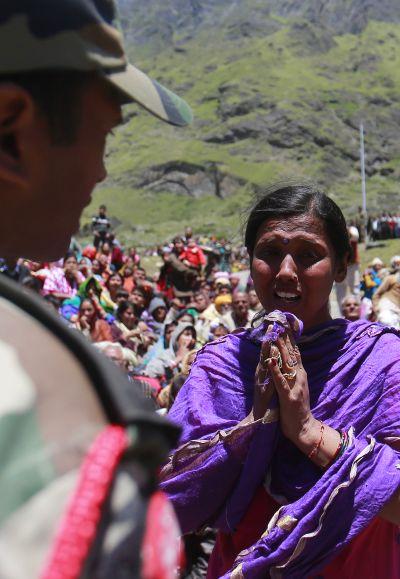

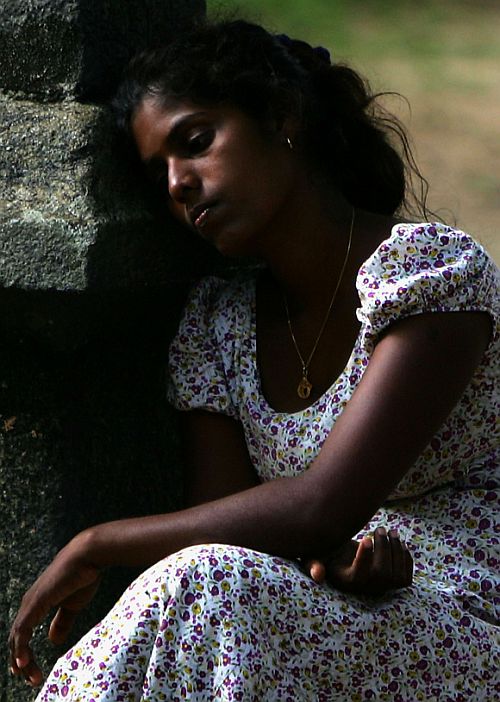
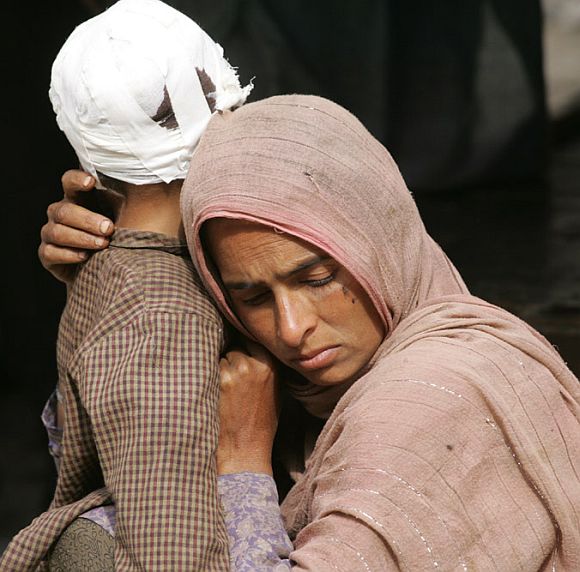
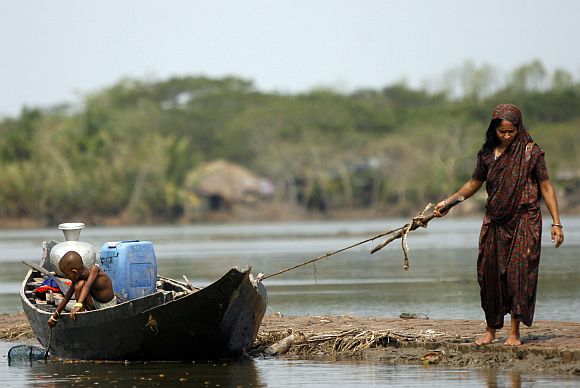
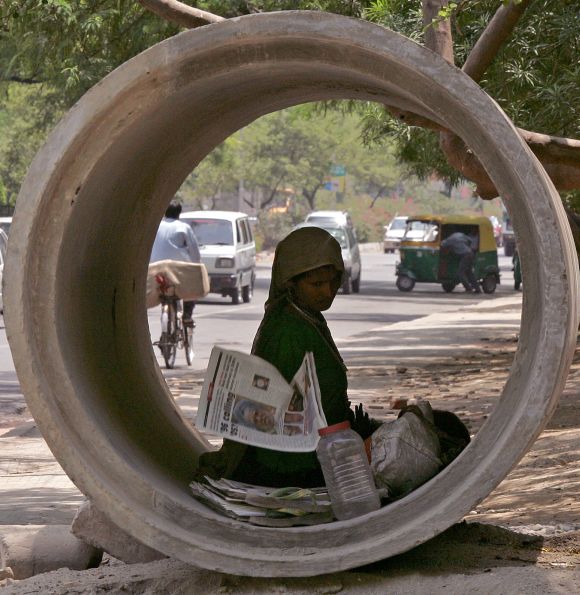
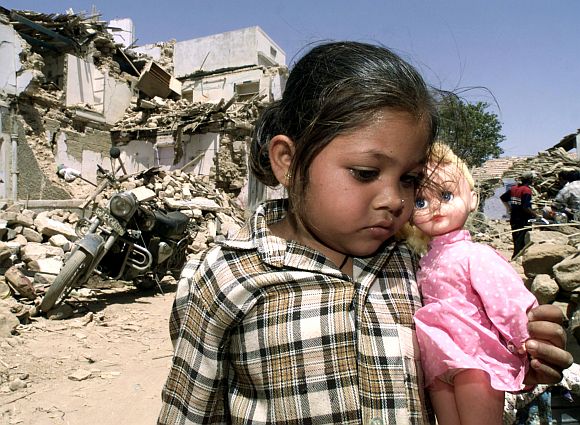
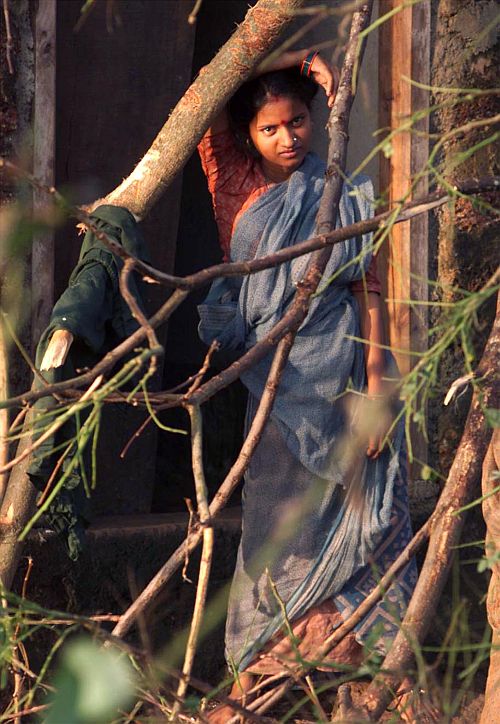
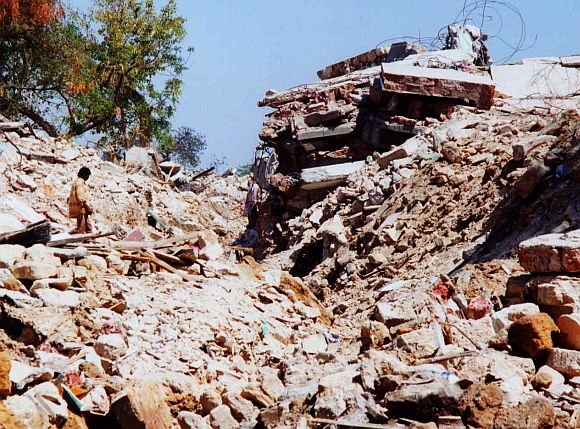
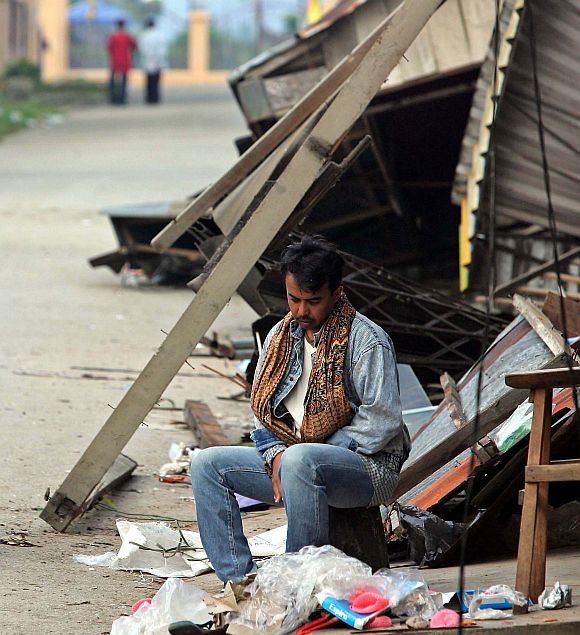

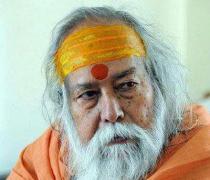


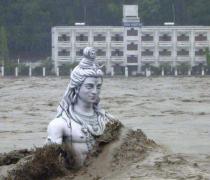
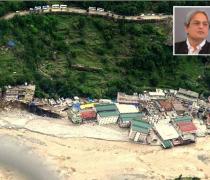
More from rediff